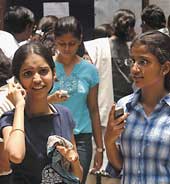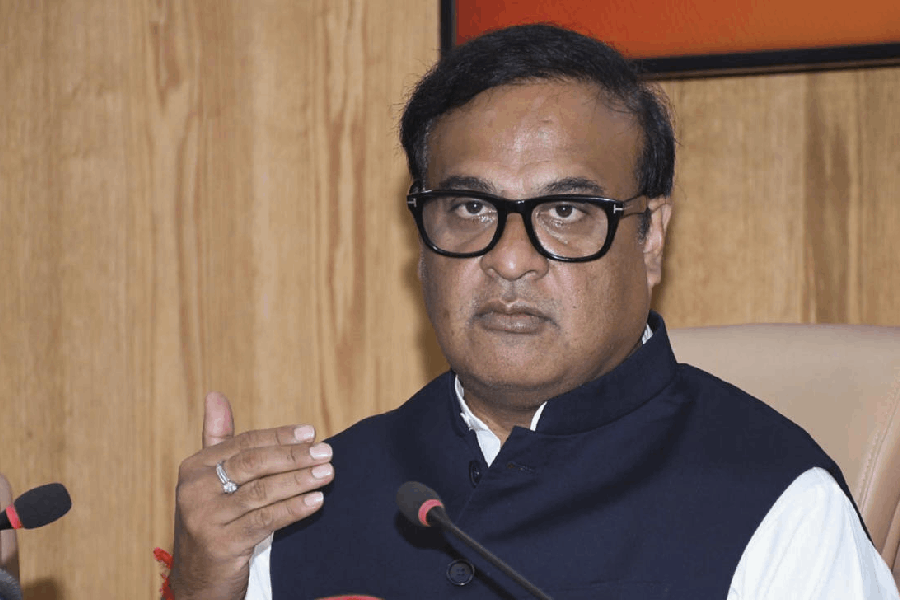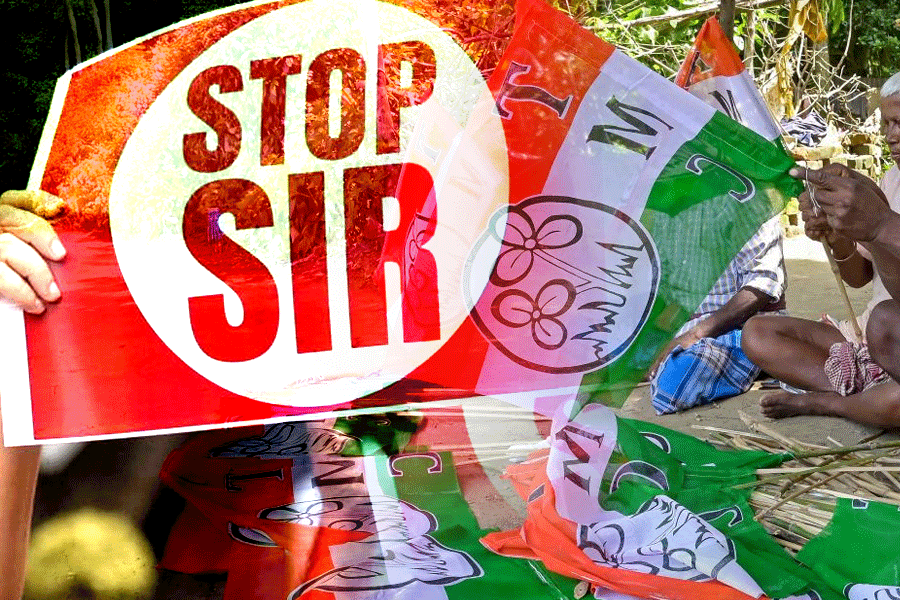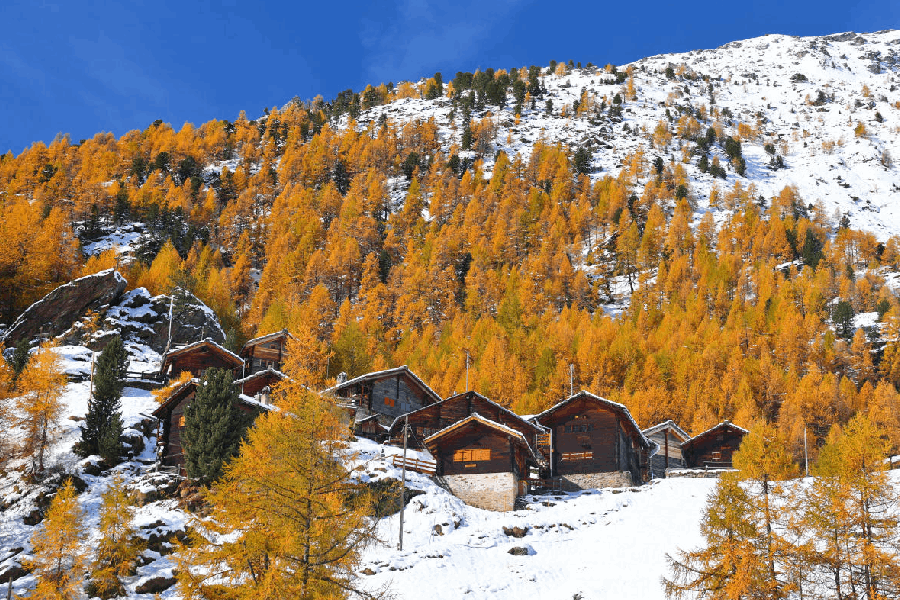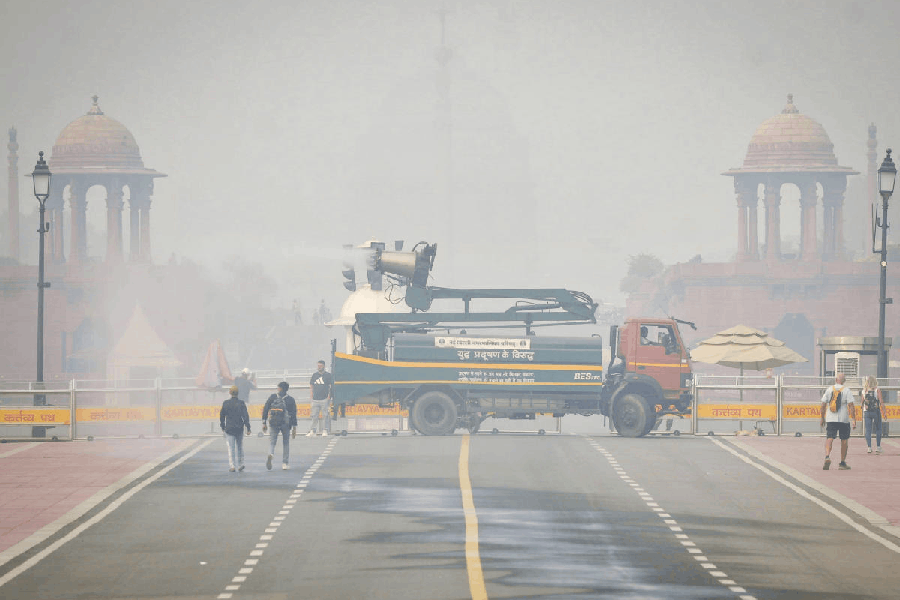|
|
| Shri Shikshayatan, 2005 |
COMMUNITY AND PUBLIC CULTURE: THE MARWARIS IN CALCUTTA By Anne Hardgrove, Oxford, Rs 595
There is no Marwari in Rajasthan. Outside Rajasthan, the term ‘Marwari’ signifies a business community of the Rajasthani diaspora. In fact, there are many intersections between the birth of the Marwari community in trade and its emergence as a political actor in the colonial state. Most Marwaris were inhabitants of the erstwhile Jodhpur kingdom, and migrated from poor villages for livelihood. Anne Hardgrove’s Community and Public Culture: The Marwaris in Calcutta studies the evolution of the community over six chapters.
There is not enough evidence about the first Marwari to come to Calcutta. The 18th-century migrants and their descendents, associated with Jagat Seth’s banking system, did not call themselves Marwari. Only in the 20th century were these Murshidabad communities referred to as the first wave of Marwari immigrants. However, 1930 onwards, there was a wave of migration from Shekawati and Bikaner to Burrabazar in Calcutta. The new arrivals were provided bed and board by the community’s charitable kitchens and established businessmen. These informal associations initially helped Marwaris set up their businesses in Calcutta.
The association of Marwari migrants with the British is somewhat strange. On the one hand, Marwari economic activities helped consolidate British economic power. But on the other, Marwaris were considered socio-economically backward. Yet, the early Marwaris in Calcutta promoted the Hindi language. The oldest Hindi newspaper in India, Udanda Martand, began publication in Calcutta in 1826. At the end of the 19th century, there were over 20 Hindi newspapers in India financed by Marwari traders.
But how did the Marwaris make so much money so soon? According to the author, “Marwari speculation, hoarding and community adulteration” made them rich fast while causing unrest in colonial Bengal. Early Marwaris speculated on the rains and traded in opium. As far back as 1917-18, Marwari businessmen were blamed for hoarding cloth, wheat and other essential commodities. They were also involved in land speculation. “The various forms of Marwari unscrupulousness... were met with violent resistance on the part of the local Hindu and Muslim populations,” comments Hardgrove.
Hardgrove laments that concerns about such Marwari practices continue even today. In this context, she mentions the anti-Marwari movement in Assam in the Nineties, and those in Orissa and Bihar in the Eighties. However, no such intense anti-Marwari agitation ever occurred in West Bengal although the general attitude of Bengalis towards the community is not positive.
Hardgrove has interviewed people who matter in the Marwari community. She notes that while they generally spoke about the prevalence of speculation they were reluctant to speak about their own family business practices. In fact, family accounts often boast that its wealth did not come from speculation. But, the very contention that the family engaged only in ‘sound’ business may express anxiety about speculation indulged in.
The debate between sound and speculative business was settled by Bhimsen Kedia. In his book, Bharat Mein Marwari Samaj, he found “speculation and agency system” at the root of Marwari wealth. An example could be Sir Sarupchand Hukumchand — an opium speculator whose business was worth five million rupees when he opened his office in Calcutta in 1915, but ten million at the end of the same year.
The Marwari community has significantly contributed to philanthropy. The Birla family is foremost among Marwaris in philanthropic activities. The Birla temples have become major landmarks of Indian cities. Besides, the Birla family’s contribution to major institutions of technology, medicine and education is phenomenal. The involvement of the Birlas in the nationalist movement is well known, especially G.D. Birla’s closeness to Mahatma Gandhi.
But there is one Marwari family of Bengal whose contribution to the nationalist movement and social upliftment, especially the upliftment of women, is passing into oblivion. Sitaram Seksaria was one of the foremost reformist Marwari leaders, known for his promotion of women’s education, including the establishment of Shri Shikshayatan in 1954. Along with Bhagirath Kanoria, Sitaram had established the Marwari Balika Vidyalaya in 1920. He had to beg conservative Marwari parents to send their daughters to school. In the Thirties, Sitaram was ostracized for supporting widow remarrige and made to leave Burrabazar.
Apart from Sitaram’s wife, who went to jail over Civil Disobedience, little is known about Marwari women freedom fighters. Indumati Goenka was the first woman in Bengal to be imprisoned in that regard. She not only promoted khadi but also supported women’s education and widow remarriage while protesting against the parda system and dowry.
Despite her promises, the author has not seriously explored how people, under colonial and post-colonial conditions, come to regard themselves as a part of a community. She mainly deals with Marwaris in colonial India, saying little about those living in Bengal for generations. But the fact remains that the community in West Bengal has since emerged as the main industrial and financial power of the state. Besides, most Marwari boys and girls get a good education these days.
Nevertheless, the book is well documented and any serious researcher will find it very useful.

